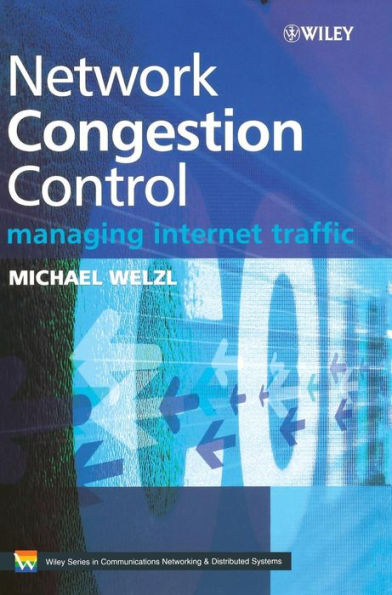5
1
9780470025284


Network Congestion Control: Managing Internet Traffic / Edition 1 available in Hardcover

Network Congestion Control: Managing Internet Traffic / Edition 1
- ISBN-10:
- 047002528X
- ISBN-13:
- 9780470025284
- Pub. Date:
- 09/02/2005
- Publisher:
- Wiley
139.95
In Stock

Product Details
| ISBN-13: | 9780470025284 |
|---|---|
| Publisher: | Wiley |
| Publication date: | 09/02/2005 |
| Series: | Wiley Series on Communications Networking & Distributed Systems , #4 |
| Pages: | 288 |
| Product dimensions: | 6.80(w) x 9.92(h) x 0.85(d) |
About the Author
What People are Saying About This
From the B&N Reads Blog
